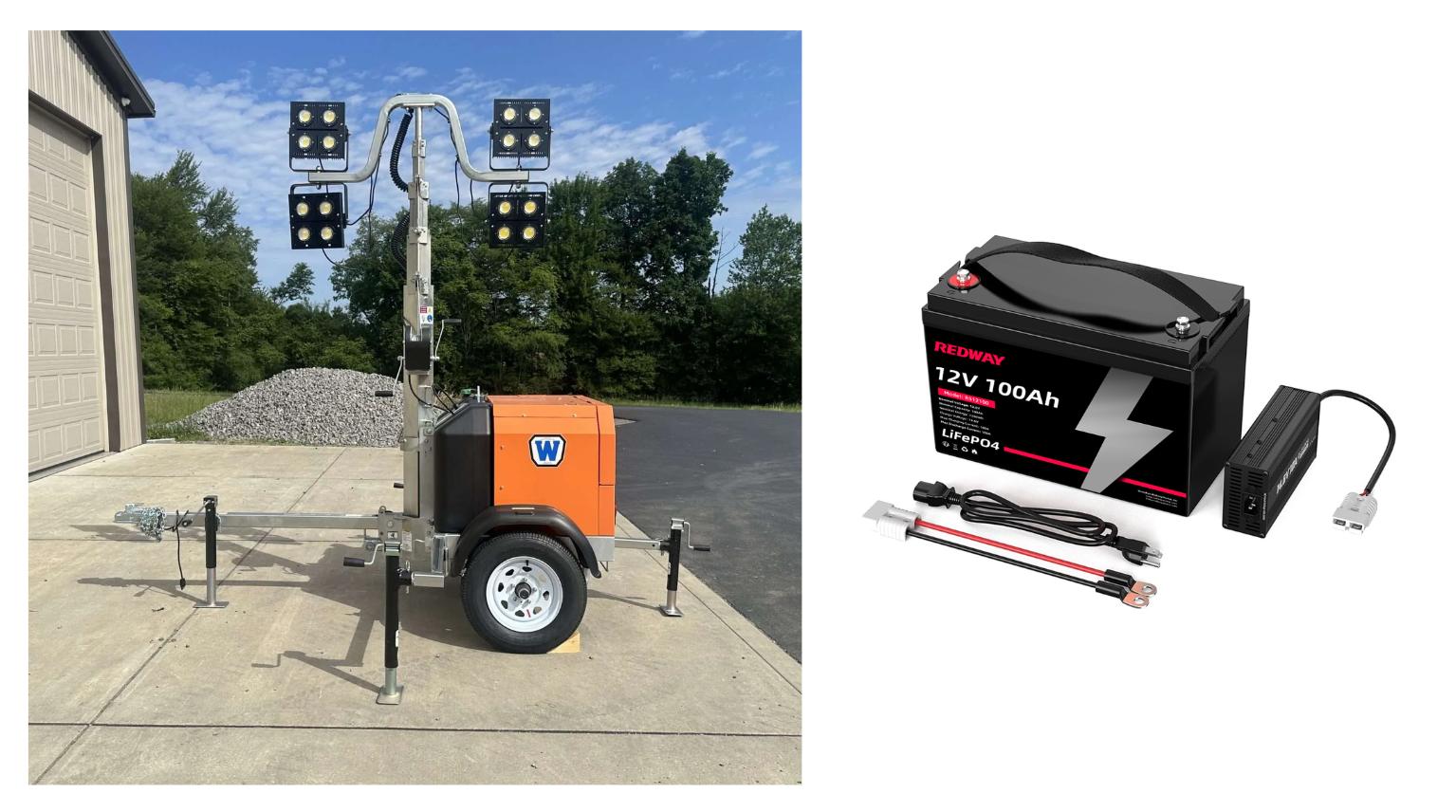
Innovative Battery-Powered Solutions for Various Applications
Innovative battery-powered solutions are revolutionizing multiple industries by enhancing performance, portability, and usability across a spectrum of applications. Advances in battery chemistries such as solid-state, sodium-ion, graphene, and silicon-based technologies, along with AI-driven energy management and smart controls, are enabling more powerful, safer, and longer-lasting energy storage. These solutions cater to electric vehicles, renewable energy storage, consumer electronics, professional lighting, and more, driving a sustainable energy future.
How Are Solid-State Batteries Changing Energy Storage?
Solid-state batteries replace traditional liquid electrolytes with solid materials, providing higher energy density, faster charging, and enhanced safety by eliminating risks like thermal runaway. Their robust design suits electric vehicles, portable electronics, and grid storage, promising longer lifespans and improved environmental safety.
What Potential Do Sodium-Ion Batteries Offer?
Sodium-ion batteries use abundant, inexpensive sodium instead of lithium, making them a promising cost-effective alternative for large-scale energy storage. Offering good cycle life and safety, they are increasingly researched for renewable energy grids and stationary storage despite lower energy density than lithium-ion.
How Does Graphene Improve Battery Performance?
Incorporating graphene into battery components enhances electrical conductivity and energy capacity. Graphene’s large surface area and superior thermal properties accelerate charge rates, improve power output, and increase overall battery efficiency, benefiting consumer electronics and electric vehicles.
Why Is Silicon Important in Next-Gen Batteries?
Silicon’s high capacity as an anode material can dramatically increase battery energy density. While challenges such as volume expansion exist, ongoing research aims to exploit silicon’s potential to extend range and reduce charging times in electric vehicles and mobile devices.
How Are AI-Driven Energy Management Systems Transforming Batteries?
Artificial intelligence optimizes battery charging, discharging, and health monitoring by predicting failures and balancing energy delivery. AI-assisted Battery Management Systems (BMS) maximize efficiency, enhance safety, extend battery life, and integrate seamlessly with smart grids and IoT devices.
What Role Does Wireless Charging Play in Modern Battery Solutions?
Wireless charging offers convenient, cable-free energy transfer for portable electronics and electric vehicles, enhancing user experience and reducing wear on connectors. Advanced wireless systems are being integrated into urban infrastructure and consumer products alike.
How Are Modular Battery Systems Enhancing Scalability and Maintenance?
Modular battery designs enable easy scaling of energy storage capacity by adding or replacing standardized modules. This improves system flexibility, simplifies maintenance, and allows for incremental upgrades, supporting applications from home energy solutions to large-scale grids.
What Are the Benefits of Second-Life Battery Applications?
Repurposing used batteries, especially from EVs, for less demanding stationary storage extends their useful life, reduces waste, and lowers costs. Second-life batteries find use in renewable energy storage and backup power services, promoting sustainability.
How Are Advances in Battery Recycling Shaping the Industry?
Enhanced recycling technologies recover valuable materials more efficiently, reducing environmental impact and dependence on raw resources. This supports circular economies and helps meet increasing demand for batteries across sectors.
Where Are Advanced Cooling Systems Influencing Battery Performance?
Innovations like liquid cooling and phase-change materials improve thermal management in high-power batteries, preventing overheating, enhancing safety, and prolonging battery life, critical for electric vehicles and industrial energy storage.
Redway ESS Expert Views
“At Redway ESS, we embrace cutting-edge battery innovations—from solid-state to AI-driven management—to deliver reliable, efficient, and sustainable energy storage solutions. Our dedication ensures clients receive next-generation lithium-ion phosphate batteries that support a greener future in applications spanning electric vehicles, renewable energy, and portable devices.”
Buying Tips for Innovative Battery Solutions
Identify the battery technology best matched to your application needs—focus on energy density, safety, lifespan, and sustainability. Consider modular design and AI-enabled management when scalability and performance are priorities. Choose reputable manufacturers like Redway ESS for quality assured, future-ready energy storage systems.
FAQs
Q1: What makes solid-state batteries safer than traditional lithium-ion?
A1: They use solid electrolytes, eliminating flammable components, reducing fire risk.
Q2: How do sodium-ion batteries compare to lithium-ion?
A2: Sodium-ion batteries are lower cost, abundant, but with slightly lower energy density.
Q3: Why is AI important in battery management?
A3: AI optimizes charging, prevents failures, and extends battery life through smart control.
Q4: What advantages do modular batteries provide?
A4: Easy scaling, simplified maintenance, and future-proof upgrades.
Q5: How does Redway ESS support advanced battery technology adoption?
A5: Providing high-quality, innovative lithium batteries with expert technical assistance.
